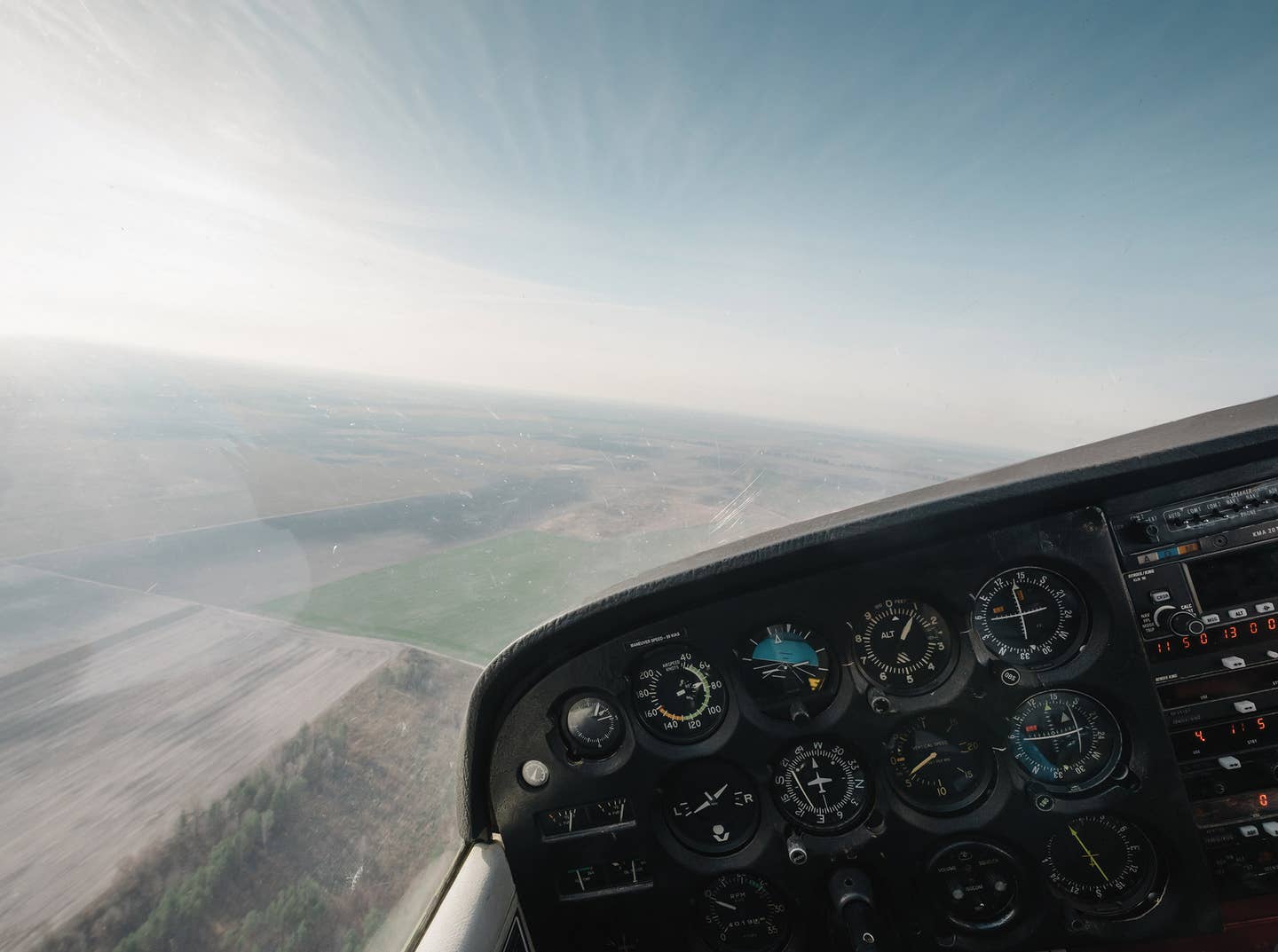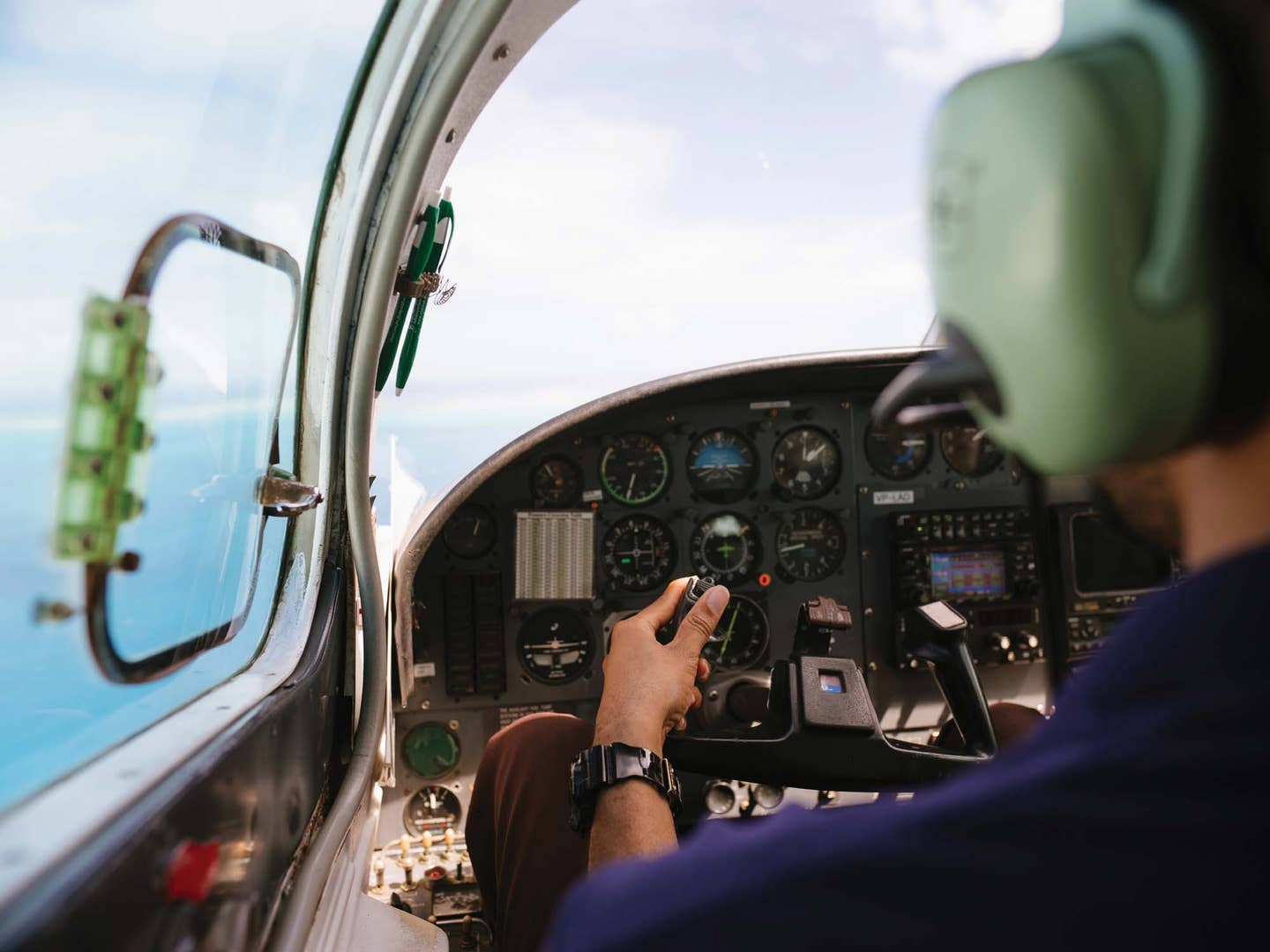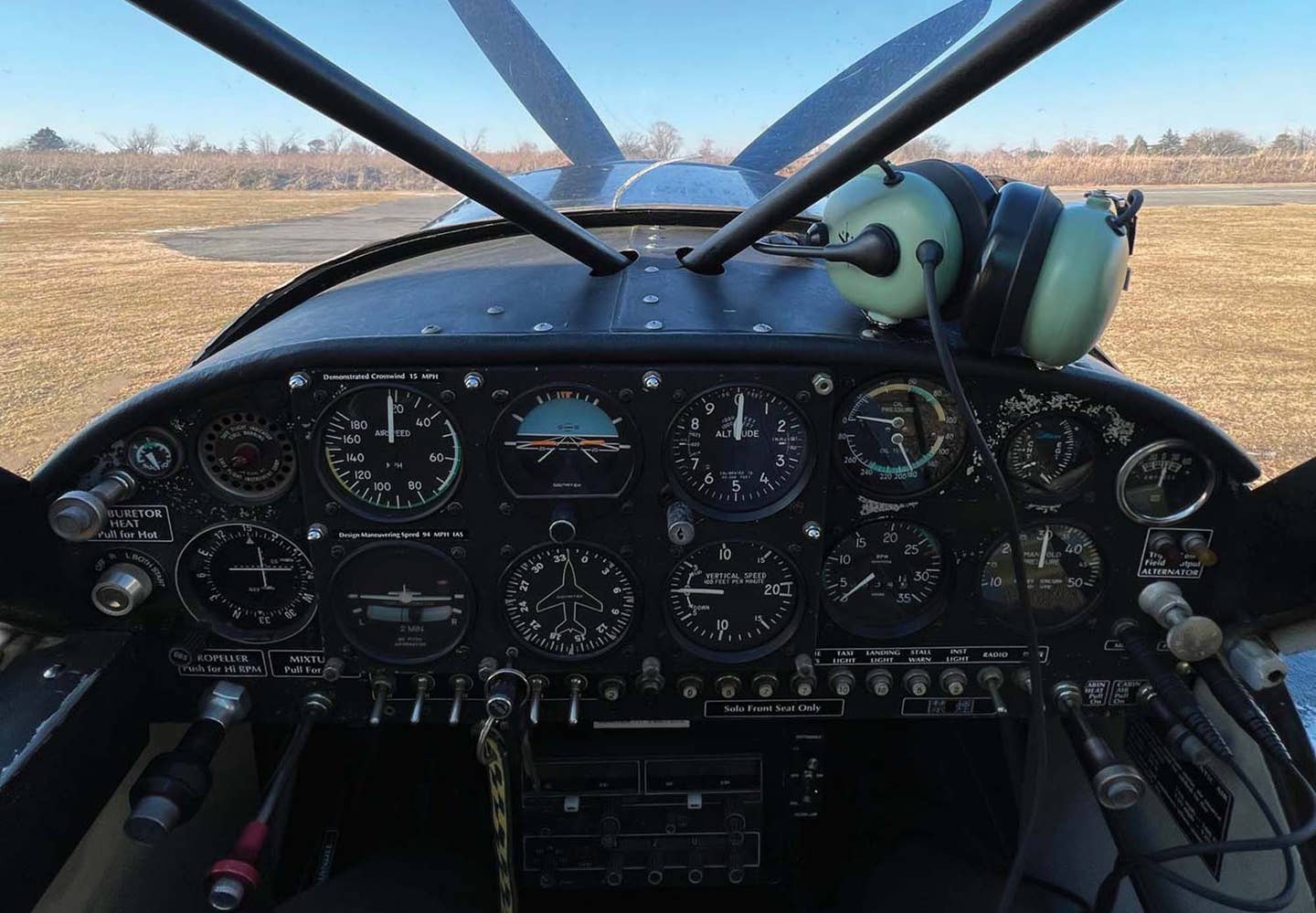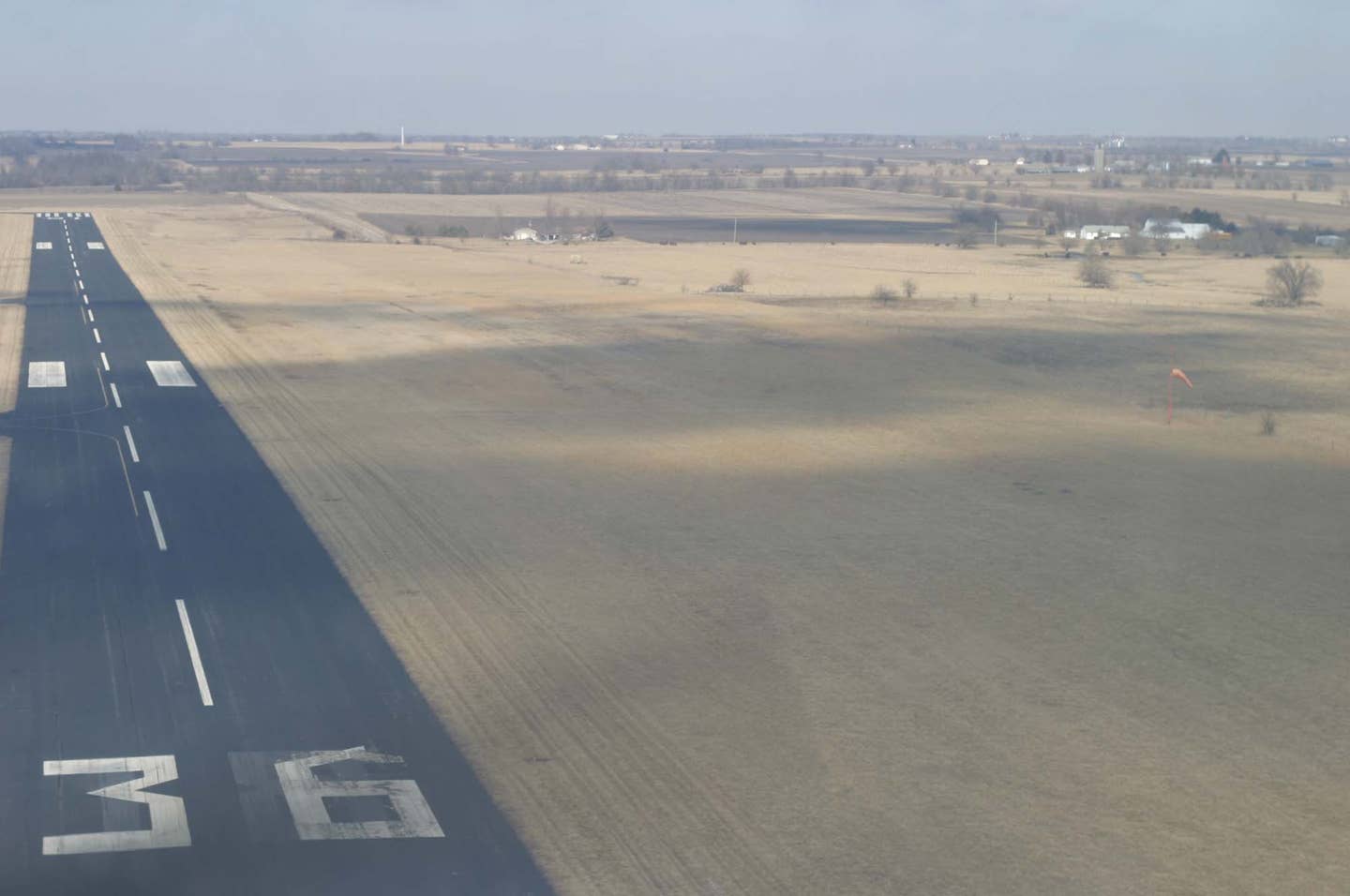Good, Bad, and the Really, Really Ugly of Flying Weather
Categorizing the day’s flying weather requires understanding the acronyms being tossed about. You’ll hear fellow pilots talking about the weather being IFR or VFR, with VFR being good and IFR…
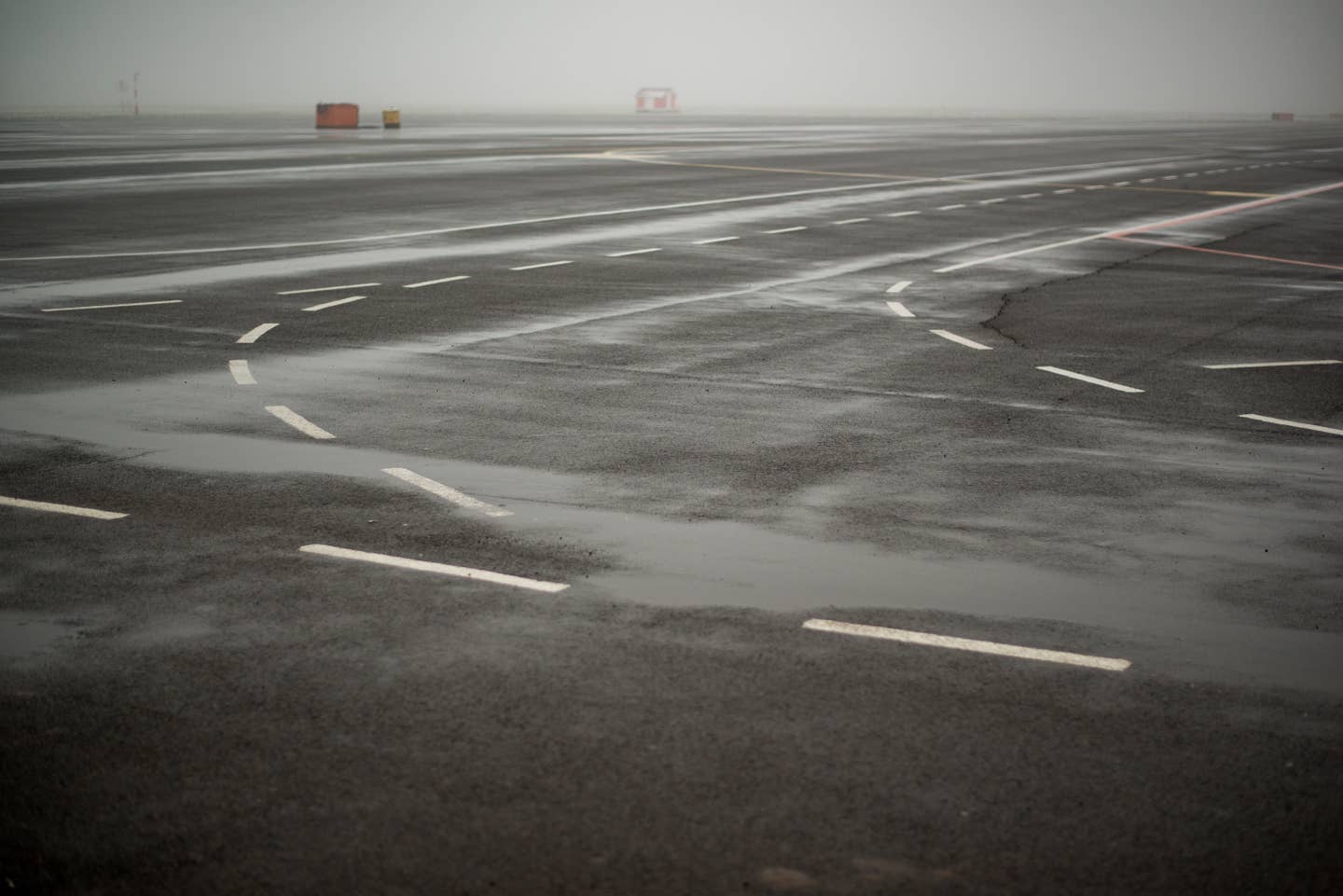
IFR conditions are generally regarded as a ceiling of less than 1,000 feet or visibility below 3 statute miles as reported on the ground, which is pretty challenging stuff. [Adobe Stock/”areporter”]
Categorizing the day's flying weather requires understanding the acronyms being tossed about. You'll hear fellow pilots talking about the weather being IFR or VFR, with VFR being good and IFR being bad. I've always felt that VFR and IFR refer to the operating rules, as in the visual flight rules under which the flight will be operating, not the conditions. In my opinion, good flying weather should be termed VMC for “visual meteorological conditions.” After all, when pilots respond to a traffic alert from ATC with “We're IMC,” they are saying, “I can't see anything. I'm in the clouds.”
Nevertheless, the common vernacular is VFR or IFR, so we'll continue in that vein. Even so, there are degrees of operational difficulty that require modifying the terms. To define simple VFR, we generally regard a cloud ceiling of at least 3,000 feet above ground level, or flight visibility of 5 nautical miles or more, to present little concern for control or navigation. If either of those parameters has a lesser value, the weather is termed “marginal VFR,” as long as it isn't below what's stipulated to require adherence to instrument flight rules. Operating in MVFR is a cause for concern, as one may encounter pockets of IFR weather hiding in the murkiness.
Going further down the scale, IFR conditions are generally regarded as a ceiling of less than 1,000 feet or visibility below 3 statute miles as reported on the ground, which is pretty challenging stuff. Even where it's legal, visual flight in such conditions is risky at best, capable of turning deadly within minutes. Special training, extra equipment, and adherence to specific procedures are the only way to survive what is essentially “blind flying.”
And then there's “low IFR,” or LIFR, denoting really bad weather of less than 500 feet of ceiling or under a mile of visibility. This winter, the Central U.S. experienced a week of widespread conditions with less than a half-mile of visibility and less than 200 feet of ceiling, barely adequate for the sharpest airline crews to operate. Coastal or river valley airports often report low-IFR situations when wide-open VFR prevails a relatively few miles away.
Occasionally, “special VFR,” or SVFR, operations allow a visual-flight alternative to IFR flying, a means of dealing with a local ceiling or visibility that's just slightly below the 1,000 feet and 3 miles required for controlled airspace. If cleared for a SVFR entry or departure, the pilot will be told to “maintain special VFR,” meaning to stay clear of clouds and keep no less than 1 mile of visibility, effectively turning the Class E or D airspace into Class G. It's still VFR, but barely.
Unfortunately, reported weather doesn't always match the actual conditions, making neat categorizations difficult to recognize. On one such day, when a neighboring automated weather station reported 10 miles of visibility and 1,100 feet of ceiling, I sallied forth to relieve ground-bound boredom. The local ceiling turned out to be 700 feet, making for a short flight around the pattern back to the safety of the hangar. As a wise old pilot once reminded me, “the weather is what it is, not what it's supposed to be.”

Subscribe to Our Newsletter
Get the latest Plane & Pilot Magazine stories delivered directly to your inbox

